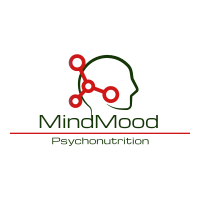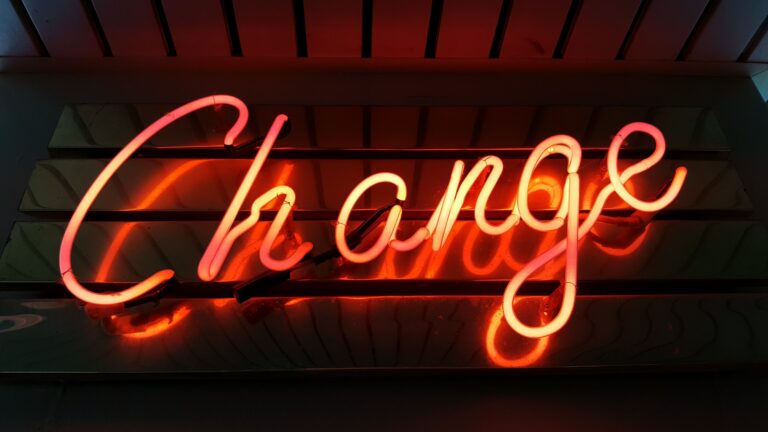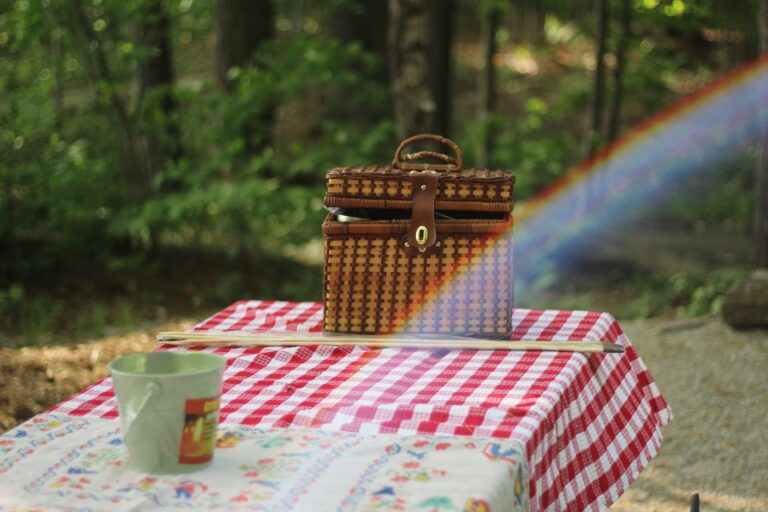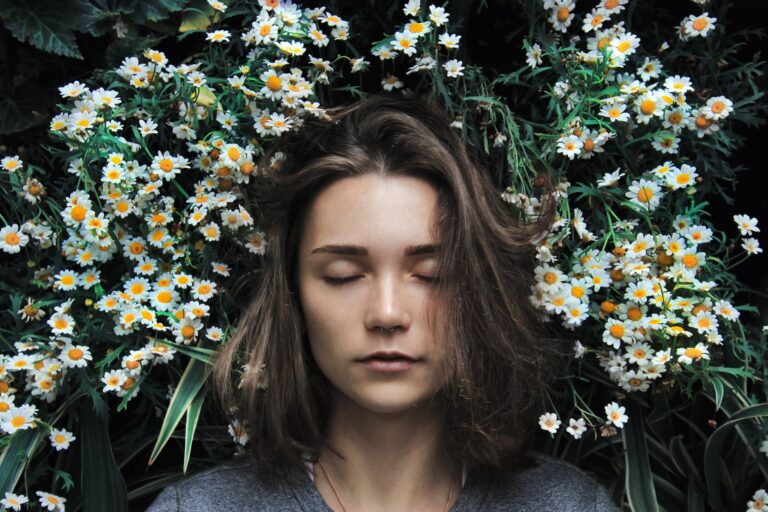Is the Art of Doing Nothing embedded in Compassion the new 2021 coping mechanism?
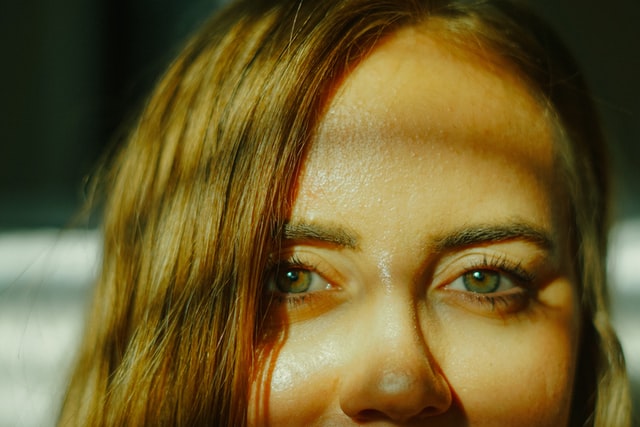
If there was one positive thing the pandemic has brought us was a greater acceptance of doing nothing or very little and being OK with it.
To breath deeply, to slow down, to be more present in the moment, to enjoy the little pre-granted things, to embrace boredom and procrastination, to cook more meals from scratch, to dive into the nature, to bring local communities together, to build bridges in our relationships and to value more our daily routines.
From the bread we eat, to the bedsheets we sleep in, to the detergent that we use to do our laundry. To still achieve, but with quality and with respect for the dignity of our lives which ultimately has meant to put the foot down to endless to-do lists, long working hours, multi-tasking marathons and no time for self-creativity, reflection and care, kindness and compassion.
Nothingness
Mindfulness based-practices where ‘nothingness’ can be included are not something new.
In a society that was already on the verge of a collective mental breakdown prior to COVID-19, their overall benefits were already gaining an increased recognition in a world that needed to stop ‘to get the all picture’ and figure out how to move forward and save us all from extinction.
From an evolutionary point of view, our brains evolved to cope with scarcity and to motivate us to seek and want, not to pursue happiness and contentment (Gilbert, 2009). However, the primitive hunter gatherer mindset of survival, self-protection, incentive and resource-seeking – the ‘old-brain’ seems to continue to be our default mode and not so much what we call the ‘new-brain’ (Irons, 2019). The old-brain is the place of emotions such as anger, fear, anxiety, fight-flight type of behaviours, and food and status seeking. The new-brain is on the other hand the place of kindness, connection, calmness, safeness, soothingness, mindfulness and ‘nothingness’.
Doing nothing or very little in a more mindful or at times mindless way can present itself as a challenging art if we consider our inherent neurobiology and how we have evolved as human beings. Additionally, the ongoing threat of illness and death triggered by COVID-19 reinforces an already overstimulated old-brain, weakening our natural coping mechanisms and emotional regulatory systems.
Nonetheless, the ability of our brains to adapt and change (neuroplasticity) gives us the hope that we can actually form new habits and change our mindset if we attempt to balance survival and achievement with more compassion towards ourselves and others – in other words learning how to develop and stimulate a more soothing way to live and regulate our emotions.

The art of doing nothing or very little rooted in a strong sense of compassion for ourselves and for others may help us to cope better in the face of a threat or with fear, anger and anxiety. Doing nothing or very little does not mean ‘doing nothing’ as just the act of existing in a physical body and being in a more psychological sense is already something. It does mean though, doing things at a slower place and one thing at the time, being more connected with our bodily sensations and emotions, becoming more attentive, aware and conscious, and maximising our senses and regaining pleasure and appreciation for not only things but also for people and places – be mindful and kind. It also means transforming an angry, sad or anxious-self into a more compassionate-self that constantly should remind the old-brain to stop playing mind loops and holding onto past experiences of pain, negative thoughts, self-criticism or feelings of shame. Although, it’s more than natural to get caught up in these thinking-feeling mind loops (Irons, 2019), our old-brain should not dictate the destiny of our lives, even or without the pandemic.
A more compassionate-self can be associated with a ‘new-brain’ and its unlimitless competencies: more imagination and creativity, self-awareness, self-regulation and self-soothing – coping mechanisms that we definitely need to thrive not only during 2021 but also for the rest of our lives.
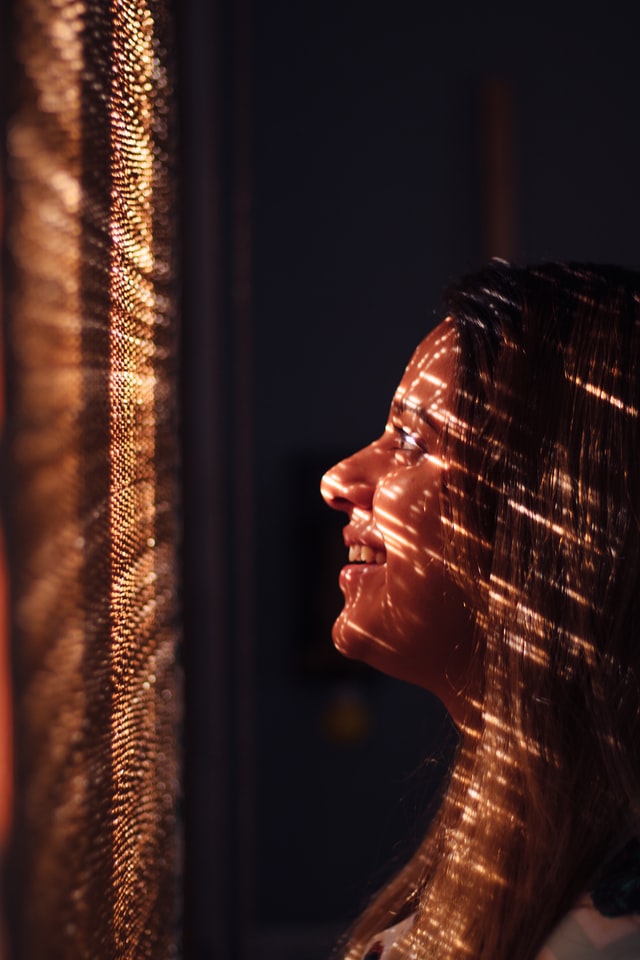
5 Strategies to Master the Art of Doing Nothing:
But, because mastering requires practice, here are my top 5 strategies to master the art of doing nothing or very little embedded in compassion for ourselves and for others:
- Smile and laugh more even with your mask-on: direct eye contact between you and someone else is still allowed and readily available;
- Embrace and accept boredom and nothingness: the most creative and genius ideas are most of the times created during times of staring at the ceiling or at the nature surrounding you. It’s OK to be bored, the more you dwell on it, the harder it gets to get out of this thinking-feeling mind-loop;
- To-do lists are inevitable so make them SMART and self-compassionate – small, measurable, achievable, realistic and tangible. There is always something that can be done tomorrow or the day after. What’s your main priority? Do less but with more focus and attention, quality vs. quantity;
- Being self-compassionate also means eating well to feel well: nourish your body and mind with brain & mind boosting foods (e.g. oily fish, eat the colours of the rainbow with fruits and vegetables, drink chamomile tea) with less snacking and longer breaks between main meals to give the digestive system a rest;
- Schedule in ‘duvet days’: wear your PJ’s or comfortable loungewear – just eat, sleep and relax – keep ‘chores’ to bare minimum – just ‘being’ and ‘not doing’
If you would like help mastering the art of doing nothing, you can always contact me. I’m here to help you achieve a more joyful and fulfilled life.
References:
- Gilbert, P. (2009). ‘The Compassionate Mind’. London: Robinson.
- Irons, C. (2019). ‘The Compassionate Mind approach to difficult emotions using compassion focused therapy’. London: Robinson.
